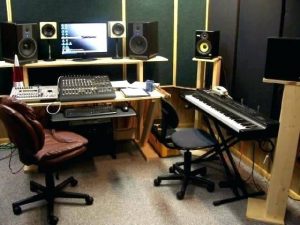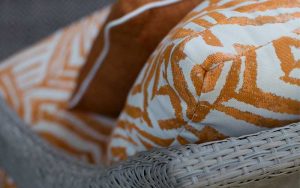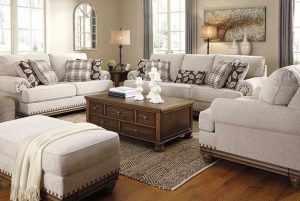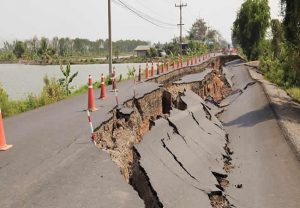 Blog provided by The Foam Factory
Blog provided by The Foam Factory
If you’re interested in reducing noise pollution and eliminating unwanted echoes in your home, you might be familiar with the numerous acoustic foam solutions designed to absorb stray reverberations. From the common wedged acoustic foam panels to specialized bass and broadband absorbers, the porous structure of acoustic foam makes it ideal for dissipating the energy from sound waves. When it comes to dealing with the toughest sounds passing through your walls, acoustic sound barriers may be the most effective type of acoustic foam.
Sound barriers are made from denser varieties of foam such as polyethylene and neoprene. They are best used as part of a multi-layered construction scheme because acoustic foam cannot eliminate all of the sound traveling through walls by itself. Acoustic foam is designed to absorb sound, rather than blocking it. It allows sound waves to pass through its porous structure while dissipating some of the energy from sound vibrations as heat. This means that sound waves will still exist inside a room, even though they have been dampened. Even if you cover the entirety of a room with acoustic foam panels, you would only eliminate 20 to 30 percent of the sound traveling through the wall.
As a result, sound barriers are most effective when they are used in conjunction with airspace and other physical barriers. One easy way to implement sound barriers is by installing them inside your walls during your house’s construction. You can insert them inside your walls before you add the walls’ exterior. Layers of drywall have been effective at soundproofing. A mix of acoustic foam and drywall inside your walls can be a good way to control the sound inside your walls so that you can live free of any unwanted auditory distractions.
If you’re interested in using sound barriers or any other type of acoustic foam for your home, be sure to browse through The Foam Factory’s collection of acoustic foam products. All of their acoustic foam is safe to use and fire retardant, so you won’t have to worry about their products being a fire hazard. Contact them today if you have any questions or inquiries about their acoustic foam.
 Blog provided by
Blog provided by  Summary: Homeowners need to take space into account when working on redesigning their homes.
Summary: Homeowners need to take space into account when working on redesigning their homes. Summary: If you want to make your house the perfect destination for outdoor gatherings, then investing in these upgrades can take them to the next level.
Summary: If you want to make your house the perfect destination for outdoor gatherings, then investing in these upgrades can take them to the next level. Summary: An earthquake can strike at any moment. Take the time to pack the essentials to keep you and your loved ones after one hit.
Summary: An earthquake can strike at any moment. Take the time to pack the essentials to keep you and your loved ones after one hit. Summary: Having the right supplies stocked up before a natural disaster could make all the difference.
Summary: Having the right supplies stocked up before a natural disaster could make all the difference.